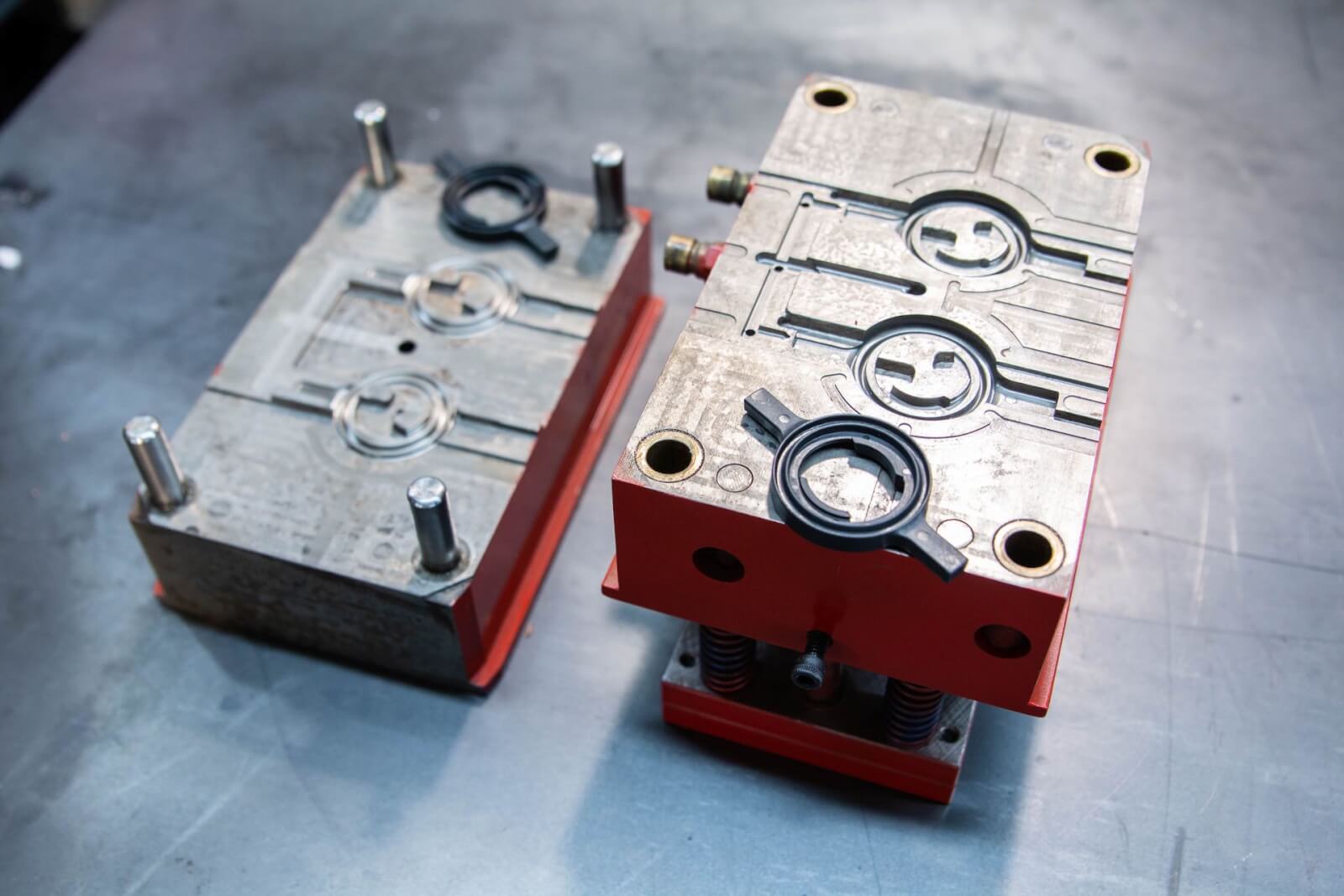In man contexts, plastic injection in parts production is necessary. Plastic injection is a long and expensive process. It is important to understand and use it well to get value for your money. The injection molding method is the same as the tooling series production. The tool adapts to specific specifications. The talk is usually on prototype molds or rapid tooling. With prototype mold fabrication, you can get qualitative components resembling the real parts cheap and timely.
Here are the merits and demerits of the prototype mold process to help you make informed decisions.
Definition of prototype mold technology and its concept
The technology aims at quick prototype production classified as 'ideal material' with medium to small plastic parts series in their thousands. The method aims to quickly and economically manufacture samples, small series and prototypes. The injected component properties are the same as the mold series, but the mold series life span is low. The technology is preferable to silicon mold when components numbers are substantial.
Rapid tooling has 2 custom cavity and mold bases plates. Here, only these cavity plates get machined from an alloy of soft steel or aluminum.
Merits of injection prototype molding
Low risks
The use of aluminum or an alloy of soft steel reduces the risk concepts in the process. It's easy to machine these materials than metals. The molding includes all the first series of functionalities. It's easier and simpler to do modifications and adjustments on cavities if needed. Great flexibility is a big advantage in the prototyping stages, transition series, and pilot production.
An accelerated concept
The mold manufacturing method is highly accelerated, and the top right material components get produced within short periods of two to four weeks. The nature of the cavity's complexities can make it 20% to 40% faster than machines. It can also make it five to ten times faster polishing than the steel mold series.
Limits financial risks
Despite plastic injection being a very expensive prototyping method, using prototype molds to generate pats limits expenses. It permits the production of thousands of components, up to 200 per silicon mold, in a short time frame.
Series parts advantages
The injected parts are equivalent to the series parts. Prototype molding is the most efficient prototyping because of precise tolerance, complex shapes, good finishing and a wide selection of materials. It's possible to insert molding and over-molding using prototype molds.
Demerits of injection prototype molding
It's an expensive prototyping method
Despite prototype mold manufacturing being more inexpensive than series molding, current investment costs are much higher than other prototype technologies. Equipment costs (machining equipment, injection machines) and skilled labor are high. The price of injection materials is also high.
Longer process
Despite being quicker than a standard injection, it's a long process than the other prototype methods needed to manufacture molds and inject parts. The quick prototyping technologies include 3D printing, vacuum casting and SLA.
Production hitches
With the needed investment, this method suits the production of huge quantities. It's not recommended for the production of 100 or fewer parts. It also doesn't fit mass production. It's a link between mass production and prototyping.
Plastic injection
It needs materials with specific qualifications. You need to get trustworthy partners to deal with from the start.
Conclusion
Injection prototyping molds are a bridge between stages of mass production and prototyping. Be careful when selecting your partner. The process needs materials of specific qualifications.

